These 5 Vietnamese Herbs that I will share with you are absolutely amazing. When I travel, I love buying herbs and edible plants without knowing what they are, how to eat them or how to use them in cooking.
Herbs are full of flavour and packed with tons of health benefits. I always try to include them in my cooking whenever possible as well as finding out if they can be consumed raw.
The common herbs such as parsley, coriander, dill I recognize immediately by their look and aroma but this is not what I was looking for. As I was in Vietnam, I had the perfect opportunity to try as many as I can and share with you my favourite 5 Powerful Vietnamese Herbs I found.

In Asia, there are so many herbs that I have never heard off before which consumed in numerous foods and in varieties of dishes and salads. The most fascinating thing for me is to find out what they are after buying them first. After taking herbs home I check out on the internet what I can do with them and usually get impatient to experiment and taste the mysterious herbs using my husband as a guinea pig. 🙂
Here are 5 Powerful Vietnamese Herbs I discovered during my stay in Vietnam for the last 3 months which I used in my cooking regularly. As a result making me stronger, healthier and happier.
Table of Contents
5 Vietnamese Herbs
1. Vietnamese Balm – Kinh Giới
This is the very first herb I bought in Ho Chi Minh as soon as we arrived in Vietnam.

When I was buying Vietnamese Balm, it reminded me of raspberry leaf. I was curious about this herb and wanted to find out what this herb called and what I can do with it. I immediately started my research as soon as I came home.
This herb doesn’t have any aroma until you start chopping. To my surprise, it’s released its flavour of very much like lemongrass with a hint of mint which is very refreshing and inviting. Perfect for soups and any other dishes. You can also eat it raw in salads, add as a garnish and have it as a tea for its soothing and relaxing properties.
2. Vietnamese Coriander – Rau Răm

READ IN FULL: This may not be suitable for men. This herb is used in many dishes in wraps and rolls, stews, soups and salads. The herb has a very intense aroma of spicy-bitter with a hint of lemon flavour. Vietnamese Coriander is known for its intense taste compared to any other type of coriander found.
According to webmd.com this particular herb is good for diabetics and used for curing diarrhoea. It also contains chemicals, flavonoids which works as antioxidants and stop cancer cells from growing.
However, it considered an enemy for men in Vietnam as it reduces sexual desire. None of the claims has enough research to back them. Sources at the bottom of the article.
3. Sawtooth Herb – Ngò Gai
The Sawtooth herb is one of my favourites and I used it often in my cooking preparation as well as eating it raw whilst being in Vietnam.

Its long leaves are slender with jagged edges looks like a sawtooth hence the name. Its very fragrant herb and indeed a strong alternative to coriander which also known as Mexican coriander. In Vietnam, it’s usually served fresh in herbs assortment bawl to have it along with the main dishes. Particularly popular in adding it in pho noodle soup and spring rolls.
Eating Sawtooth regularly may help improve digestion and soothe stomach pain.
According to Wikipedia, It also used as an ethnomedicinal plant for the treatment of snake bites, scorpion stings, malaria, epilepsy as well as treatment for fever, chills, vomiting, burns, hypertension and headache. Furthermore, for treatment of snake bites, scorpion stings, malaria, epilepsy as well as treatment for fever, chills, vomiting, burns, hypertension and headache.
Often, people have this herb in tea for stimulating the appetite.
4. Vietnamese Perilla – Tiá Tô
You can find Perilla in abundance in Vietnam. It is available in every supermarket you go to. I particularly love its colour. Its striking leaves are green on top and purple-red on the bottom side. It’s widely used in soup dishes, salads and stir-fries.
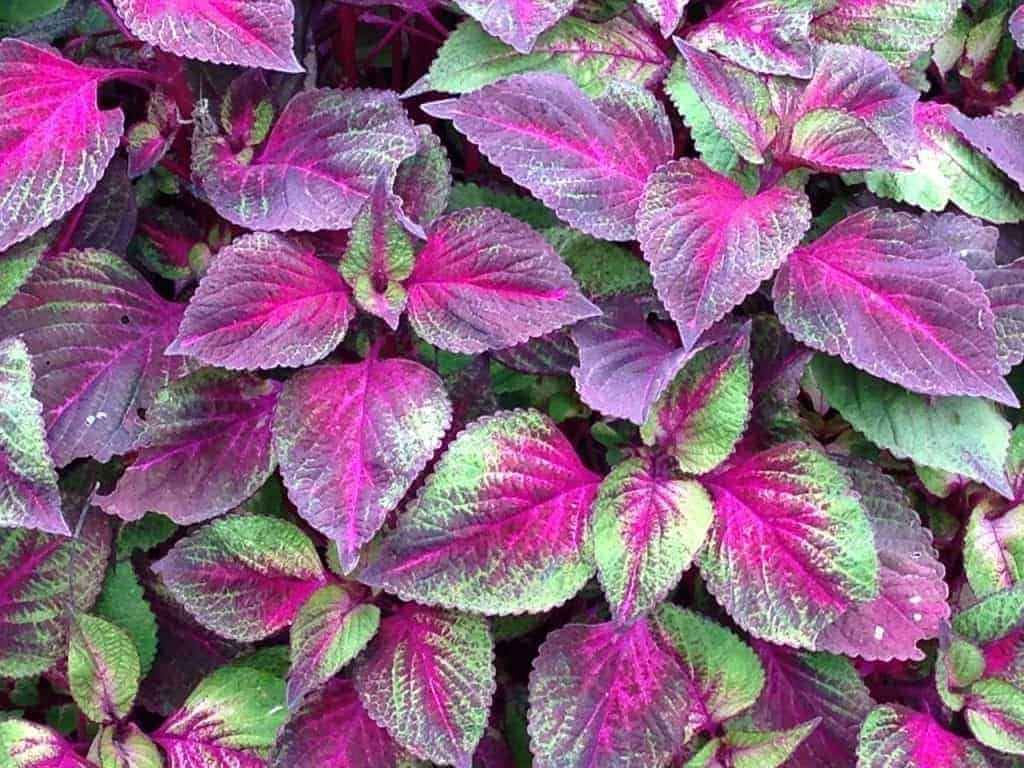
When you boil Perilla you will see that the water turns purple-red in colour which makes the herb to lose its beneficial properties. To get maximum advantage, I mainly used it in stir-fries dishes or steamed. It tastes a combination of both mint and basil with a hint of pepper.
Perilla has numerous health benefits. It is known for improving skin condition. People use the stem in the bathe. Eating Perilla may boost immunity, reduces stress, improves digestion, reduces joint pain, inflammation and allergies.
5. Rice Paddy Herb – Ngò Om
Lastly, this is another one of my favourite herb which often was in my shopping basket. It is a bright green herb with succulent, spongy stems and fine hairs. The flavour is quite complex and it’s more like sharp citrus with cumin flavour. It is normally added in soups along with other bunches of Vietnamese fresh herbs. I normally toss its leaves in my salads but mainly add it freash in soup for releasing its delicious citrusy-cumin aroma.

This herb is accounted for its antiseptic and antibacterial properties.
As you can see these top 5 Vietnamese herbs have unique flavours, aromas and packed with essential vitamins which vital for our health. You can either cook them or eat them raw.
When you are in Vietnam don’t exclude them from your meals and try to eat at least one of the herbs. Whenever is possible consider eating them raw for maximum health benefits.
Have you tried other herbs that you like? I would love to hear your stories about herbs that you discovered in Vietnam.
If you want to know more about my Vegan Travel in Vietnam, click here.


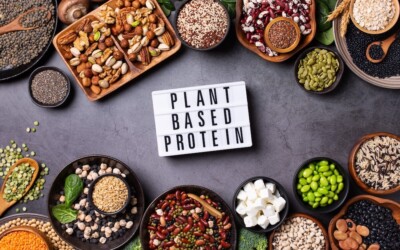








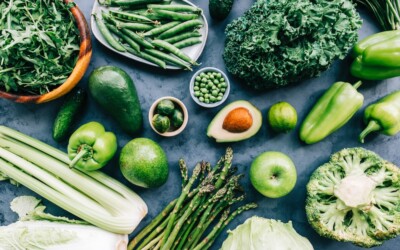
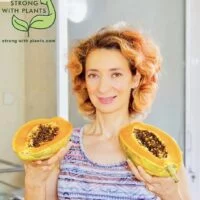

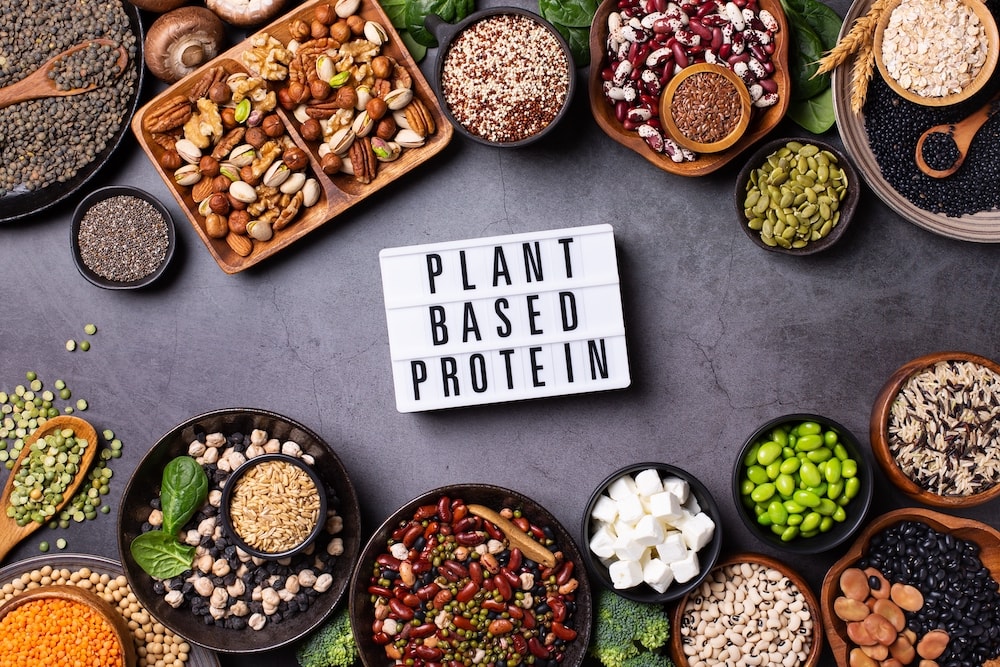

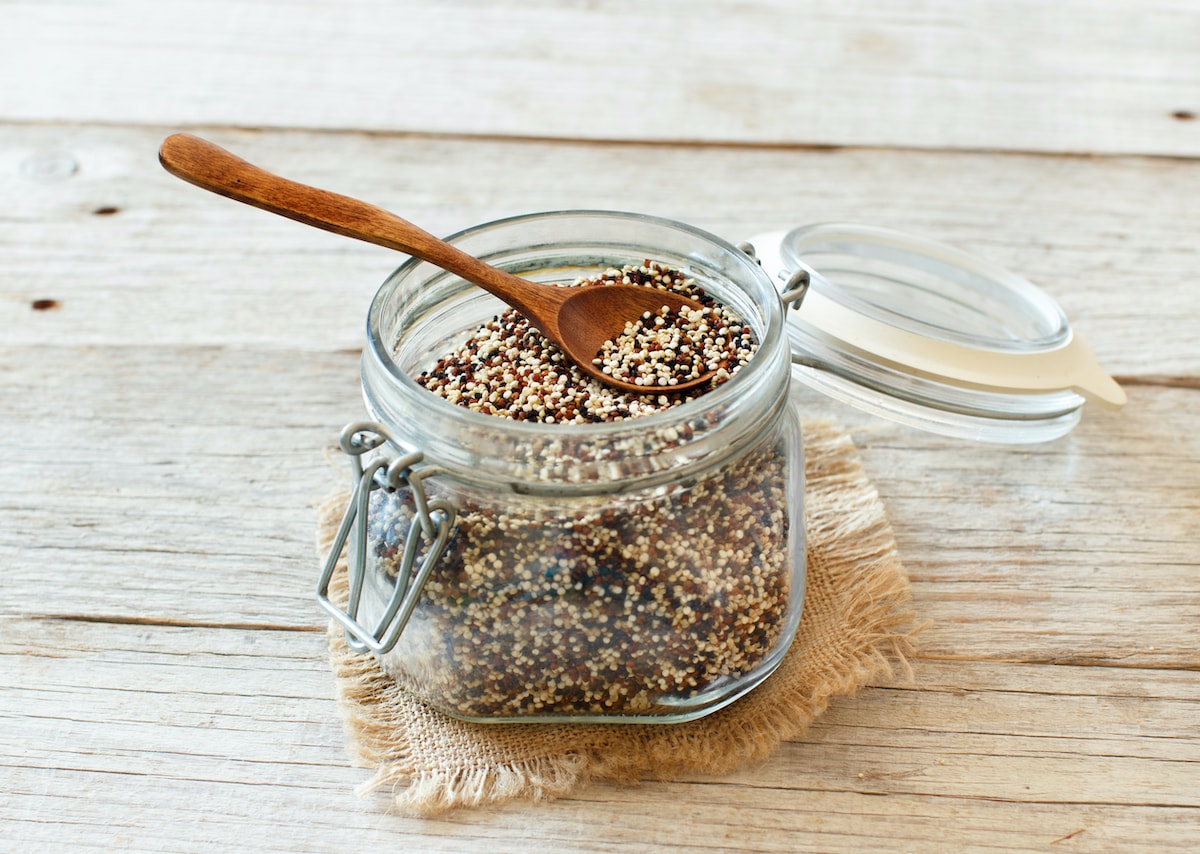
0 Comments